Dell’s Joyce Mullen On 2020 Channel Strategy And Partner Incentives
From pushing cross-selling to better promoting security, here are Dell Technologies’ top channel initiatives in 2020 according to Joyce Mullen, Dell’s global channel chief.
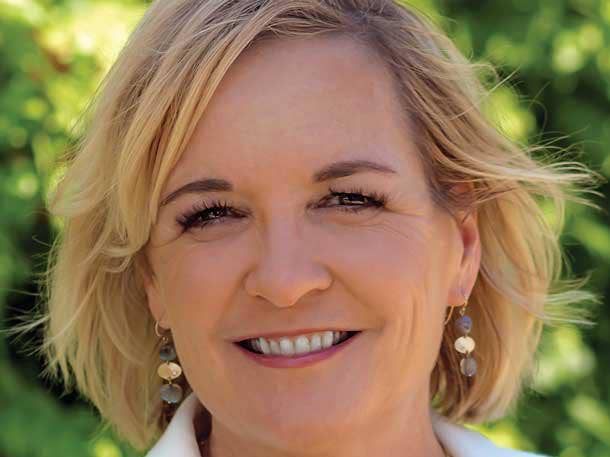
Dell Technologies’ Biggest Channel Plans For 2020
Dell Technologies global channel chief Joyce Mullen has big plans in store for channel partners in 2020 around fast-tracking cross-selling deals, driving profitability and helping partners “embrace and monetize” new opportunities around edge computing and artificial intelligence.
“Partners who sell three lines of business with us earn 31 times more revenue than partners who sell one, and if they add VMware, that number goes to 103 times more revenue. That is just incredible,” said Mullen, president, global channel, OEM and IoT, in an interview with CRN.
Other major goals in 2020 include increasing partners’ industry vertical knowledge and making Dell Technologies’ massive security portfolio, which includes Secureworks and Carbon Black, more visible in the channel. “We have a really great portfolio of security solutions that we are not promoting as effectively as we might be able to. So there’s work to be done there. That’s a priority,” she said.
Mullens talks to CRN about Dell Technologies’ 2020 channel strategy, making server sales more data-center-centric, and what solution providers can expect from Dell’s new unified channel sales organization, which will take effect in February.
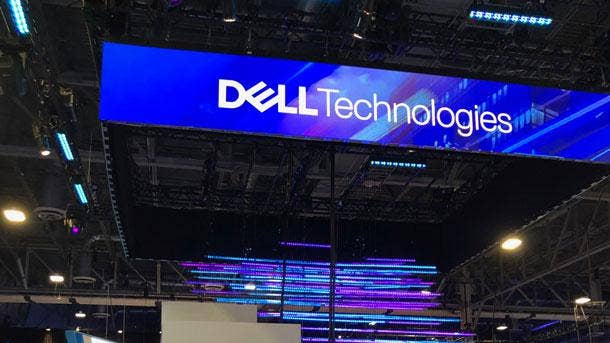
What is one of the most important channel strategies in 2020 to make Dell Technologies partners more profitable?
We want to fast-track our partners’ ability to work across the Dell Technologies portfolio. It’s a salient point from a partner point of view. … If we could get more of our partners selling across that portfolio, that’s a really good thing for customers, partners and of course for us.
Partners are helping us expand our deal sizes and expand our line-of-business penetration. Partners who sold three lines of business earn 31 times more revenue than partners who sell one, and if they add VMware, that number goes to 103 times more revenue. That is just incredible. We want to continue to cross-sell. There’s no doubt that it pays off big time for our customers and partners.
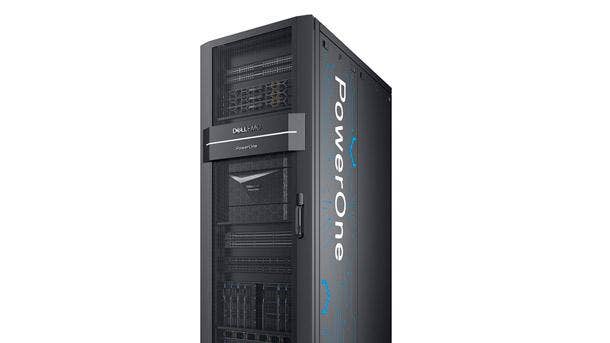
How are you helping partners sell more lines of business in 2020?
The way we’re trying to do that is building these innovative solutions like PowerOne, like Unified Workspace, like VxRail on VMware Cloud Foundation—those are all good examples of integrating IP from Secureworks or Carbon Black or Pivotal or VMware and our hardware technology. That’s an obvious place for us to go. PowerOne is a recent example of an obvious place where partners can start to get familiar with all of the different technologies. We also are building new solutions from companies like Secureworks that we are offering through our standard Software and Peripherals programs to our partners. There are more and more SKUs, more and more products and solutions from either Secureworks or Boomi, for example, that are available for partners to purchase through the Dell Technologies Partner Program—and when they do, they get tier credit and get to use marketing development funds across the portfolio.
We continue to innovate with R&D to make sure we’re building solutions across our portfolio. Then from more of a processing point of view, we’re using the Dell Technologies Access Program to give certain partners access to purchase VMware, Pivotal, Carbon Black solutions through the program as well as using our standard Software & Peripherals purchasing products to buy other products like Secureworks and Boomi.
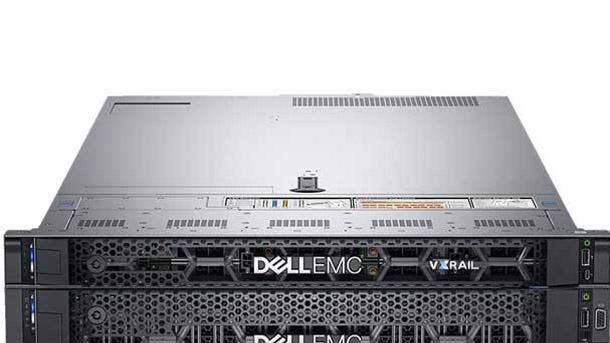
Dell’s overall server sales were down in 2019. What does the server channel incentive charge look like in 2020 for partners?
Server sales year to date in the channel is up 7 percent year on year. We have continued to see pretty reasonable growth. Quarter three [2019] server sales, we were down 6 percent, but because we had such a strong beginning of the year—18 percent growth in first quarter, 9 percent growth in second quarter—we’re at 7 percent growth year to date.
We launched something called our Partner Preferred programs about 18 months ago, which was identifying underpenetrated accounts or acquisition accounts where we wanted partners to lead. That was largely storage-focused although there were some server opportunities in there as well. What we’ve since learned from partner feedback is we have to take a more data-center-centric approach to selling into the data center. Sometimes it’s going to be VxRail, sometimes it will be servers with vSAN, sometimes it’s going to be storage arrays—but we have to work with partners on the data center message. We’ve been adding accounts to those Preferred Programs that are server acquisition or server underpenetrated accounts where we know partners provide the services customers are looking for. That’s about a quarter old now. We’ve just started that. We’re excited about the opportunity to keep that moving. As the lines blur between these products over time, if we take a data-center-centric approach with our partners and sales team, we’re going to be much more effective with that.

Will combining Dell’s enterprise and commercial sales team under the leadership of Bill Scannell (pictured) affect the channel and how?
While I don’t think this reorganization was driven 100 percent by our quest in the channel to make it easier for our partners to do more business with us, I am really excited what this does represent from a go-to-market standpoint. This change is an opportunity for us to simplify our selling motion, and that single unified sales and partner organization that Bill is leading is going to allow us to make faster decisions and let us incorporate feedback from partners and customers more quickly into our processes. It’s great that we’re going to be able to streamline communications so that partners are not trying to figure out who’s a commercial customer and who’s an enterprise customer.
Bill is a tremendous leader. He has great respect in the industry. While we’re going to definitely miss [Dell Technologies President and Chief Commercial Officer] Marius Haas, I think this change is going to be really consistent with what we’ve been talking about in how to make it easier to work with Dell Technologies. That’s a good thing.

If I’m a partner, should I expect any local sales rep or point of contact changes?
The idea here is, effective Feb. 1, we’re going to have streamlined sales leadership in various countries. So single country leadership. [Dell President of North America Commercial Sales] John Byrne taking over in North America, for example. Then John is taking leaders from [Dell President of Americas, Enterprise Sales and Customer Operations] Chris Riley’s team and having them report directly to him. There is no change at the beginning of the year. We’re basically just lifting and shifting those organizations. I do think that means that over time we’ll be able to streamline some things, but the focus right now is lift and shift and don’t disrupt any customer or partner relationships.
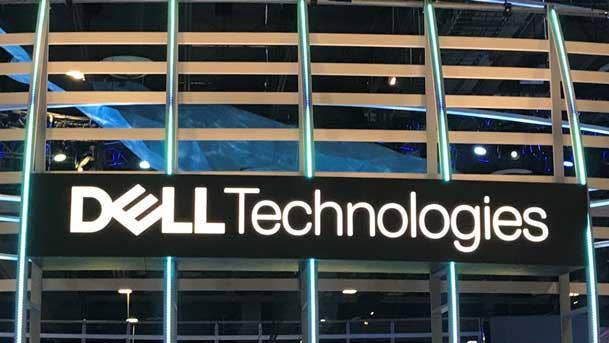
So overall, what is Dell Technologies’ channel strategy for 2020?
We have been focused on three strategic imperatives. The first is making it easier for our partners to do more business with us. That’s a combination of process changes, engagement changes, certainly the go-to-market changes with the reorganization, and tool investments. The second strategic imperative is all about fast-tracking our partners’ ability to work across the Dell Technologies portfolio. Then the third and most exciting one in terms of opportunities for our partners is helping our partners embrace and monetize these new opportunities that are in front of us like edge computing, but also the new technology that is now becoming omnipresent like artificial intelligence and machine learning.
What we plan to do in 2020 is we are doubling down on our investments in the core of our business and we’re driving a ton of IT and tool investments this year to help us do all three of those things. So clearly more self-service and more automation tools that allow our partners to figure out how to manage configuration changes and determine how to make sure they’re building the right solution for customers in a much more automated way—that is a big focus for us.

How will Dell’s 2020 R&D budget help partners this year?
If you think about the innovation we’ve been driving in our R&D budget, that innovation is all about helping our customers simplify IT and helping them figure out how to unlock the value of their data. Our partners are also working on workforce modernization. For example, if you think about some of the innovation that we’re building into our portfolio—the high-value workload support for AI and ML workloads, the ability to give customers the opportunity to mobilize and analyze and protect their data everywhere it lives—all of that innovation is what we’re bringing to our partner community. There’s a lot of focus on making it easier to do more business with Dell with innovation in our tools and processes, and simplification to our go-to-market. There’s a lot of focus on the innovation that we are bringing to our partner community through our R&D efforts that are all about helping our partners embrace and monetize these new technologies. I don’t think there is anybody in a better position to do it.
So there’s huge focus on technical literacy and understanding the art of the possible with our technologies. Then backing that up with an innovative toolset that is going to help our partners manage their business more efficiently with Dell Technologies.
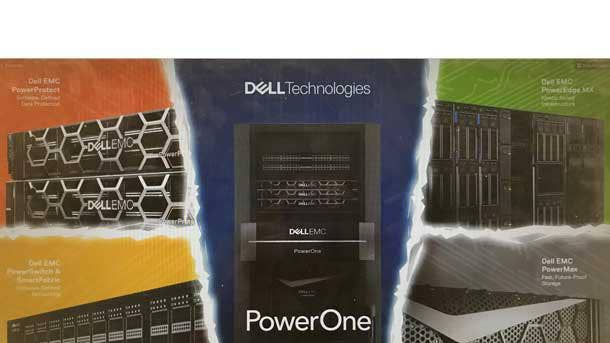
Is there any strategy in 2020 to drive a clearer security message for Dell?
We have a really great portfolio of security solutions that we are not promoting as effectively as we might be able to. So there’s work to be done there. That’s a priority. We will continue to build security elements into these broader solutions like Unified Workspace, PowerOne, etc. The other thing I’m really excited about is that Secureworks CEO Michael Cote has just hired Maureen Perrelli [as chief channel officer]—she’s a great channel leader. She’s working with Mike and that team to make sure the offers are really exciting for partners and are suitable for partners. Then we’re working closely with Maureen and the team to figure out how we can leverage a lot of the work they’re doing to offer it to our partners through our Dell Technologies Partner Program. That’s not all built yet. That is going to be something that will be very interesting to partners.

What is one area you want partners to focus heavily on in 2020?
Our partners’ technical literacy is really, really important to us. We want our partners to continue to increase their knowledge of not only the technology but the complexity associated with these new technologies—such as new accelerator cards, new hybrid cloud offerings—[that] is really important to us. We measure that with our credentials, and we’ve seen some nice numbers there as well.
We also want to make sure they know and understand the businesses their customers are in. Customers are looking for improved efficiency on their production line, looking for better customer experience for their own customers, they’re looking for some kind of improvements in their operational capabilities and business outcomes. In order for Dell Technologies and partners to deliver to those outcomes, we are super dependent on partners understanding the businesses that their customers are in so we’re applying the correct technologies to deliver the right outcomes. To sum this up: vertical knowledge and industry knowledge. Specific knowledge about the customer’s business will become increasingly important. Partners who invest in that understanding and capability are going to be wildly successful because the technology they’ll be able to help customers use to help unlock the value of their data is going to be pervasive from the edge to the core to the cloud, and it’s really hard to sell at the edge if you don’t know what the business is about.

What’s your message to the channel for 2020?
I want to say thank you to our partners because we saw some really nice success in 2019, in large part due to our partners’ commitment to representing Dell Technologies and learning the value that Dell Technologies can bring in conjunction with their knowledge of customers, skills and capabilities, service offerings, etc. Second thing, we are so not done. We were on a roll in 2019 with our partners. We’ve seen tremendous success in the channel, not only in terms of channel revenue, but also the fact that two-thirds of all of Dell’s new and reactivated buyers are coming from the channel. In the third quarter alone, channel partners activated 17,247 new customers. That brings us to just over 52,000 year to date and we have another month to go [in our fiscal year]. That’s compared to last year’s [fiscal year] where it was over 62,000 for the year. We have really tremendous momentum. That’s precisely what we want our partners to do: We want our partners to find new buyers for Dell Technologies solutions.